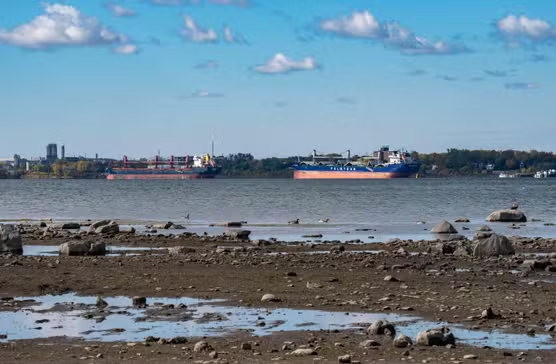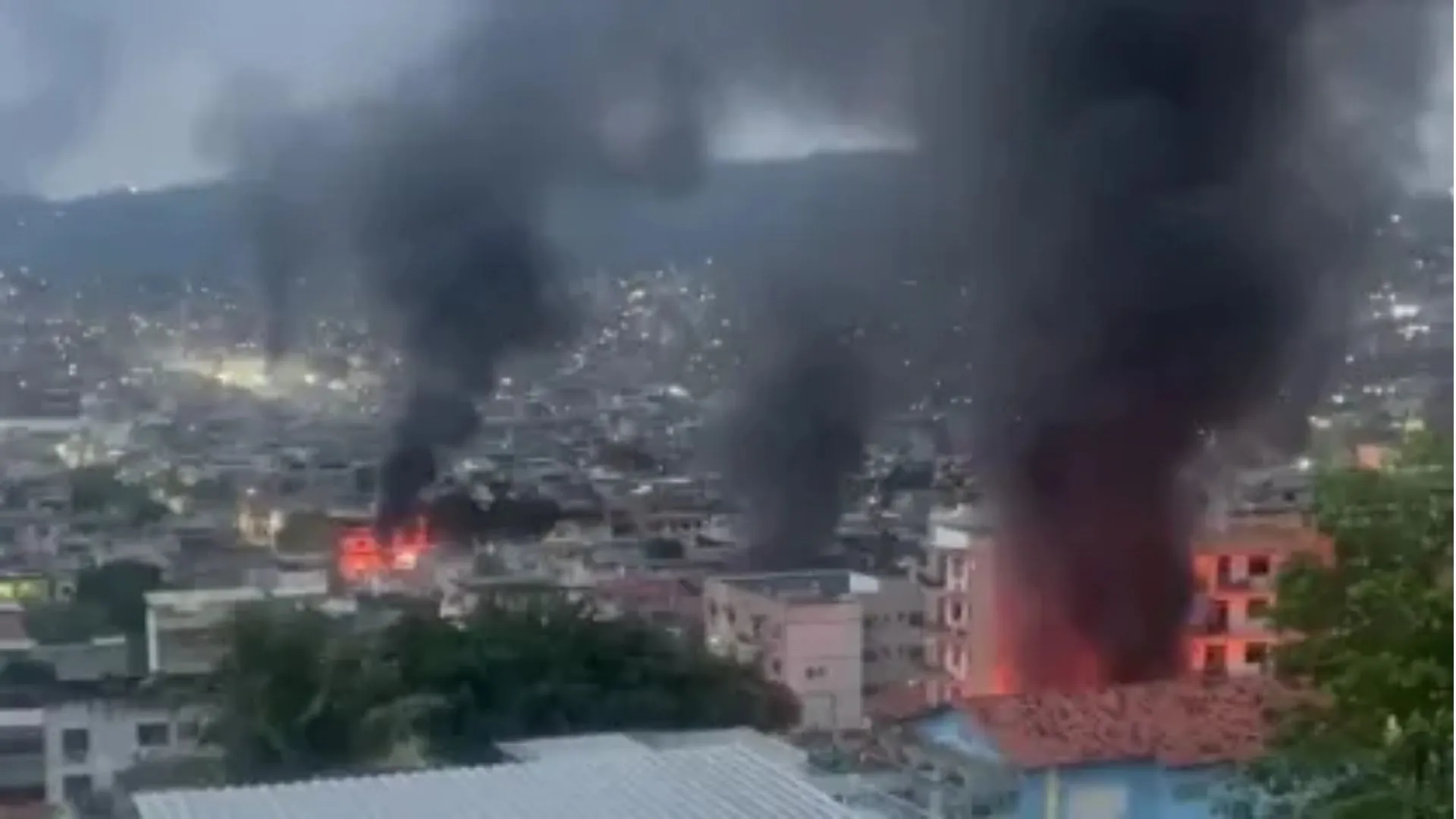Plastic Waste Push: Domestic Innovation
The federal government has announced a CA$3.4 million investment to support Canadian-made solutions aimed at reducing plastic pollution.
Under the “Advancing a Circular Plastics Economy for Canada” initiative, 13 organisations will share over CA$1.8 million for projects that address waste in sectors such as hospitals, textiles, and construction.
These projects will also promote reusable and refillable packaging for food, personal care and cleaning products, offering more sustainable choices for consumers.
The move underscores Canada’s ambition to transition from a “make-use-dispose” model to a circular economy where waste is minimised and materials remain in use.
Drought Deepens: Water Levels at Record Lows
In one striking example of climate strain, the Saint-Lawrence River in southern Quebec has reached its lowest level since 2012. Between Montreal and Quebec City, water-level drops of 30 cm to over a metre below average forced cargo ships to reduce their load and slow down to maintain safe navigation.
Groundwater-table depletion and parched riverbanks revealed previously submerged landscapes, signalling serious environmental disruption. The temporary release of water from Lake Ontario raised levels by about 15 cm, but experts warn that continued dryness could extend the crisis into spring unless rainfall returns.
High Winds and Winter Warnings on the West Coast
Meanwhile, in British Columbia, Environment and Climate Change Canada has issued advisories for high winds, potential power outages and early snowfall on highways.
These warnings point to how volatile weather patterns are starting earlier in the season and impacting infrastructure and public safety.
Implications and Cross-Sector Challenges
These environmental issues span different domains: waste management, water resources and weather extremes. The plastic-circular-economy effort signals that Canada is targeting prevention and innovation.
However, the drought and wind-hazard alerts show the acute stress that climate change is imposing on physical systems and natural resources.
For industries, municipalities and communities, this means adapting to overlapping pressures: new regulation and waste-reduction demands, alongside legacy vulnerabilities in water, energy and transport systems.
What to Expect Next
As Canada pursues its climate goals, several questions will matter:
- Will the circular-economy investments scale up and shift industry behaviour broadly?
- Can water-management systems adapt fast enough to persistent drought conditions?
- Will infrastructure and emergency services handle increasingly early and intense weather events?
Forecasts suggest that without sustained rainfall and proactive infrastructure adaptation, water-shortage crises may recur. At the same time, waste-reduction policy needs to align with business incentives to succeed.
Canada finds itself at an environmental inflection point: pushing ahead with innovative pollution solutions, while coping with the very real impacts of climate stress. How the country navigates these dual tracks will define its resilience and sustainability in the coming years.











